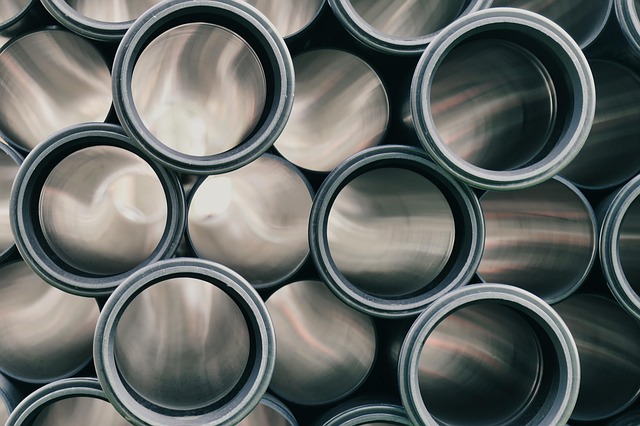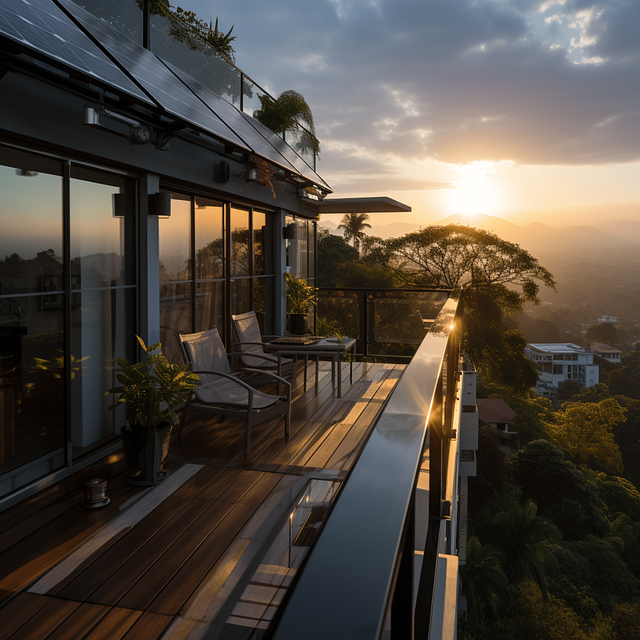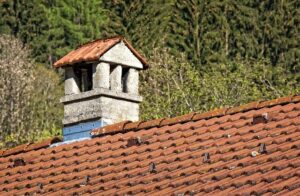Green roofing systems are gaining popularity among businesses seeking eco-friendly solutions to reduce energy consumption and minimize environmental impact. These systems, featuring vegetation on rooftops, offer aesthetic benefits and multiple environmental advantages, including improved insulation, water management, and biodiversity promotion. Living roofs with plants are ideal for flat buildings, while sustainable roofs minimize water runoff and reflect sunlight. Businesses can enjoy long-term energy savings by adopting these options. Proper maintenance, including regular cleaning, inspections, and upkeep, ensures the longevity of green roofing systems, maximizing their environmental and economic benefits. Case studies demonstrate successful implementations, proving the tangible advantages of green roofing for businesses.
In today’s eco-conscious business landscape, embracing sustainable practices can set companies apart. Among these, green roofing systems stand out as a powerful tool to reduce energy consumption and minimize environmental impact. This article aims to guide businesses interested in transitioning to eco-friendly roofing. We’ll explore the benefits, types, installation, maintenance, and real-world success stories of green roofing systems, empowering you to make informed decisions for a more sustainable future.
- Understanding Green Roofing Systems: A Brief Overview
- Benefits of Eco-Friendly Roofs for Businesses
- Types of Green Roofing Systems and Their Applications
- Installation Process: Step-by-Step Guide
- Maintenance Requirements for Longevity
- Case Studies: Successful Implementations in the Business Sector
Understanding Green Roofing Systems: A Brief Overview

Green roofing systems have gained significant attention as businesses strive to adopt eco-friendly practices and reduce their energy consumption. These systems involve designing and installing vegetation on rooftops, creating a sustainable and aesthetically pleasing alternative to traditional roofing. Beyond aesthetics, green roofs offer numerous environmental benefits, including improved insulation, reduced urban heat islands, and enhanced water management. By absorbing and retaining rainwater, these systems help alleviate stormwater runoff, thereby reducing the strain on municipal drainage systems.
Eco-friendly roofing integrates seamlessly with the concept of sustainable roofs, which focus on minimizing a building’s ecological footprint. A living roof, as part of this broader category, supports biodiversity by providing habitats for various plant and animal species. This innovative approach not only contributes to a healthier environment but also extends the lifespan of rooftops, making them more resilient and requiring less maintenance over time. As businesses aim to become more environmentally responsible, embracing green roofing systems represents a significant step towards creating a more sustainable future.
Benefits of Eco-Friendly Roofs for Businesses

Adopting eco-friendly roofing systems offers businesses numerous advantages in the pursuit of sustainable practices and energy efficiency. One of the key benefits is the significant reduction in energy usage, as green roofing technologies like cool roofs and vegetation-based systems help regulate indoor temperatures, thereby decreasing the reliance on air conditioning and heating. This not only minimizes carbon footprint but also translates to substantial cost savings for businesses over time.
Moreover, eco-friendly roofs contribute to improved building performance and longevity. These systems provide better insulation, enhancing structural integrity and reducing the impact of extreme weather conditions. They also create a healthier indoor environment by improving air quality and mitigating urban heat islands. By integrating living roofs or sustainable roof solutions, businesses can elevate their environmental stewardship, attract environmentally conscious customers, and potentially increase property value in line with green building trends.
Types of Green Roofing Systems and Their Applications

Green roofing systems offer a sustainable solution for businesses aiming to reduce their environmental impact and energy costs. These systems encompass various approaches, each with distinct applications. One popular type is the living roof, which incorporates plants and vegetation directly into the roofing structure. This eco-friendly roofing option not only provides insulation but also contributes to urban biodiversity by creating habitats for local wildlife. Living roofs are well-suited for flat or low-slope commercial buildings and can extend the life of the roof while enhancing its aesthetic appeal.
Another variant is the sustainable roof, designed to minimize water runoff and reflect sunlight, thereby reducing the building’s cooling load. These systems often feature reflective materials, such as cool roofs, which absorb less heat than traditional dark roofing. Sustainable roofs are particularly relevant for regions with intense sunshine and high energy demands for air conditioning. By adopting these green roofing systems, businesses can significantly contribute to a more environmentally friendly future while enjoying long-term cost savings on energy usage.
Installation Process: Step-by-Step Guide

The installation process for a green roofing system is both intricate yet rewarding, transforming traditional roofs into vibrant eco-friendly spaces. It begins with meticulous planning and preparation to ensure the structure’s integrity. The first step involves assessing the roof’s load-bearing capacity and ensuring it can support the additional weight of the plants and growing medium. This critical phase includes structural evaluations and reinforced framing if needed.
Next, a waterproof membrane is meticulously unrolled and sealed, creating a protective barrier against the elements. This layer is crucial for maintaining the integrity of the building below. Following this, an irrigation system is installed to provide consistent hydration to the living roof. The actual planting process involves careful placement of suitable vegetation, often native species, into the depth of the growing medium. This step requires precision and knowledge to ensure optimal growth conditions, creating a thriving ecosystem on top of your commercial property.
Maintenance Requirements for Longevity

Maintaining a green roofing system is key to ensuring its longevity and maximizing energy savings. Unlike traditional roofs, these eco-friendly options require specific care to keep their benefits over time. Regular cleaning is essential, as debris buildup can impact water drainage and insulation properties. Inspections should be conducted periodically to identify any signs of damage or moisture intrusion, addressing issues promptly to prevent further complications.
One advantage of green roofing systems is their self-sustaining nature, but this doesn’t mean they are maintenance-free. Proper watering and fertilizing are necessary for the plant life, especially during establishment and dry periods. Additionally, re-sealing and replacing worn-out components like membranes or drains can extend the system’s lifespan. Regular upkeep will ensure that your living roof remains a sustainable investment, providing both environmental benefits and energy efficiency for years to come.
Case Studies: Successful Implementations in the Business Sector

Many businesses are realizing the benefits of adopting green roofing systems as part of their commitment to sustainability. Case studies demonstrate that eco-friendly roofing is not just an environmentally conscious choice but also a strategic decision with tangible economic advantages. For instance, a major retail corporation in urban America recently completed a substantial renovation, integrating a living roof into its design. This initiative resulted in remarkable energy savings, reducing the building’s carbon footprint significantly and lowering operational costs. The success of this project has sparked interest among industry peers, showcasing the potential for sustainable roofs to drive both environmental and financial gains.
Another notable example involves a tech startup that implemented an innovative green roofing system on its headquarters. Their approach included a layered design with native plants and water-recycling mechanisms. This not only provided an aesthetically pleasing living roof but also served as a valuable marketing tool, enhancing the company’s image as an eco-conscious leader. The positive impact extended beyond brand perception; the startup reported substantial reductions in cooling costs, further validating the effectiveness of eco-friendly roofing solutions for businesses aiming to optimize energy usage and minimize their environmental impact.
